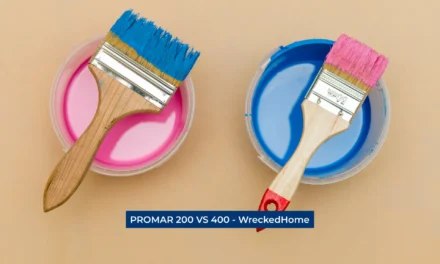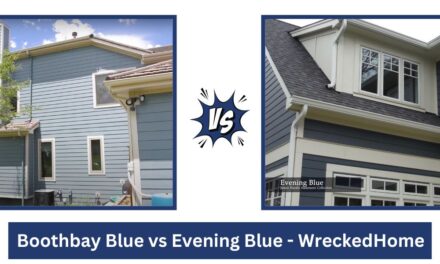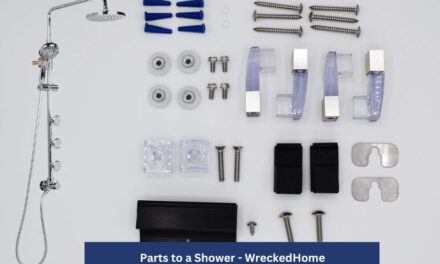Beggar lice, scientifically known as Desmodium spp., are invasive plants notorious for their tiny, clinging seeds that pose a significant challenge as they tightly adhere to clothing, fur, and even agricultural crops. As an unwelcome guest in various ecosystems, beggar lice adversely affects both natural habitats and human activities.
Its impact leads to damage with consequences spanning to agricultural, environmental, and public health domains. These tenacious seeds latch onto crops, hindering their growth and reducing yields that minimize the food production. Additionally, the relentless spread of beggar lice in natural ecosystems badly disturbs the plant species affecting biodiversity.
Addressing the beggar lice issue is paramount by understanding of the plant’s characteristics and life cycle, coupled with effective strategies for prevention and control. In this article you will know how to safeguard diverse ecosystems from beggar lice.
What are Beggar’s Lice?
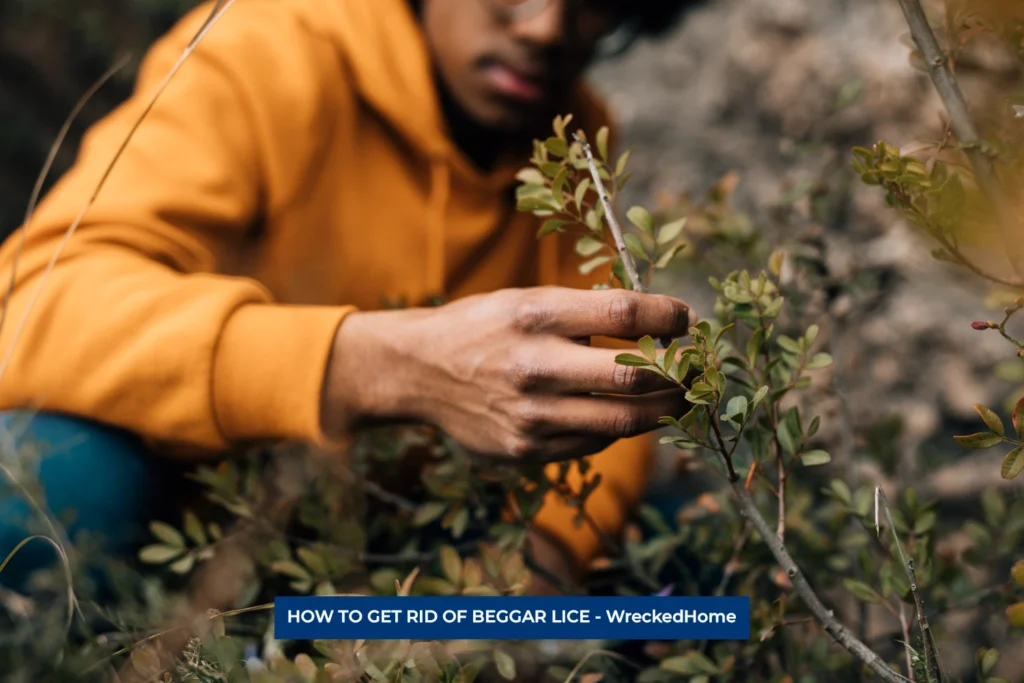
Beggar’s lice, scientifically classified under the Desmodium genus, exhibit a remarkable ability to attach themselves to clothing, animal fur, and even the feathers of birds, facilitating their widespread dispersal.
There are various types of beggar’s lice, each with unique features and adaptations impact on crops to lower productivity. While some species thrive in open fields, others may prefer wooded areas that enable them to adhere firmly to surfaces, aiding in their dispersion.
Understanding the life cycle and reproduction of beggar’s lice is important to get rid of it. Typically, beggar’s lice undergo a complex life cycle involving germination, growth, flowering, and seed production on maturation hosts or nearby vegetation, ensuring their journey to new locations for germination. This reproductive strategy, coupled with the resilience of beggar lice in various environments increase its production. That also increases the importance of targeted interventions to control their impact.
The Impact of Beggar Lice
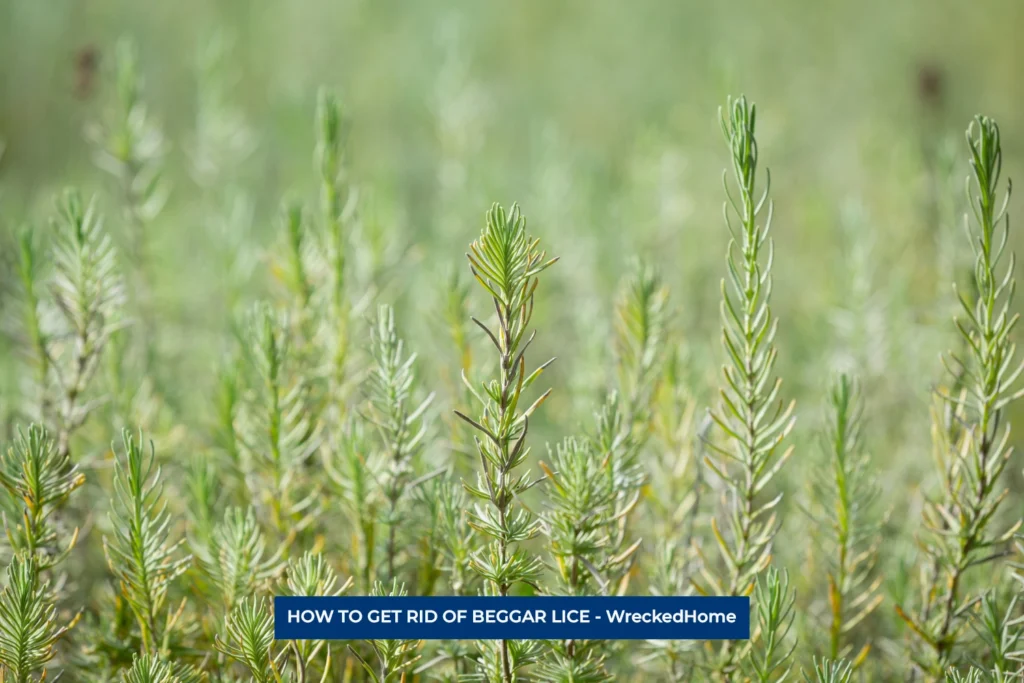
Beggar’s lice are growing species in every field that have verse impact in different applications. From crops to humans, everyone has a threat from this type of seed. Some of the common impacts are
1. Negative effects on plants and crops
Beggar’s lice infestations pose a significant threat to agricultural productivity due to its aggressive nature. This leads to reduced yields and further diminishes the vitality of surrounding vegetation. Beggar’s lice contributes to soil nutrient depletion and impacts the overall health of the agricultural ecosystem.
2. Health risks for humans and animals
The clinging seeds of beggar’s lice can cause skin irritation in humans and animals leading to discomfort, itching, and potential allergic reactions.
Animals that graze in areas infested with this lice have chances to get digestive issues and potential health complications. Beggar’s lice can disrupt natural habitats, affecting wildlife and alter the dynamics of ecosystems.
3. Economic implications
The impact of beggar’s lice on crop yields translates to direct economic losses for farmers, and influence overall budgetary considerations. Infestations of beggar lice can decrease the aesthetic appeal and functionality of properties.
4. Public and Environmental Health
Individuals with allergies can suffer from, exacerbating respiratory issues and skin sensitivities when exposed to this lice. Beggar’s lice can impact water bodies as the seeds wash into streams and rivers, and destroy the aquatic ecosystems. In an attempt to control beggar lice, there may be an upsurge in herbicide usage that has potential harm to non-target species.
5. Biodiversity Concerns
The invasive nature of it can lead to the displacement of native plant species, influencing the distribution and behavior of various species within affected areas. Beggar’s lice may interact with other invasive species that demand careful management strategies.
6. Social and Recreational Impacts
Infestations of it can limit recreational activities such as hiking, camping, and outdoor events, because its love of public spaces. With this availability in natural landscapes it is affecting community aesthetics and pride.
Identifying Beggar Lice Infestations
Are you looking to overcome the beggar’s lice? Then don’t worry you can do it with proper ways. But for this you need to identify the infected areas. Here are some of the ways that help to identify the infected places.
- Signs and Symptoms: Recognize the distinctive seeds of beggar’s lice, resembling tiny burrs with hooked structures. Familiarize yourself with the appearance of beggar’s lice plants that present in clusters of small, pink or purple flowers.
- Common Areas of Infestation: The common places that have Beggar’s lice are open fields and disturbed areas. Some types of beggar’s lice prefer wooded environments and shaded areas for potential infestations. Beggar’s lice often establish themselves along roadsides and hiking trails that spread with animals and human movement.
- Recognizing it in Different Settings: To monitor the beggar’s lice you need to pay attention to different factors respective to places in the following ways:
- Monitor crops for signs of reduced growth, crop damage, and availability of the lice seeds on plant surfaces.
- Inspect gardens and lawns for beggar’s lice infestations.
- Assess natural ecosystems for changes in plant composition and find the signs of ecological disruption caused by this lice.
- Effective Surveillance Techniques: Collect and analyze seed samples to confirm the presence of beggar’s lice. Then use the remote sensing tools, such as satellite imagery or drones that identify or detect its availability. Establish community reporting mechanisms to encourage residents, farmers, and outdoor enthusiasts.
- Seasonal Patterns: Be vigilant during the growing season of this lice when its germination, growth, and seed production are active. Monitor the timing of seed dispersal that typically occurs towards the end of the growing season.
- Collaboration with Experts: Seek guidance from botanists or plant ecologists who have specialized knowledge to identify this seed. Collaborate with agricultural extension services to treat the crop-related issues and pest management.
Prevention Strategies
Effective prevention strategies are essential to avoid any mishap due to beggar’s lice. Implementing proactive measures in lawn care and landscape management you can save your crops timely. Here are six key strategies that you can opt:
- Regular Mowing at the Right Height: Mowing your lawn regularly at the appropriate height necessary to maintain a grass height between 2 to 4 inches. For heavy debris, please use a Garden Blower. This practice helps create a dense and healthy turf to prevent the flowering and seed production of existing beggar lice plants, minimizing the potential for seed dispersal.
- Deep and Infrequent Watering: Watering your lawn deeply yet infrequently is crucial to resist the beggar’s lice growth. It aims to provide 1 to 1.5 inches of water at least once a week to make it more resilient and less susceptible to weed invasion and beggar lice. Avoid frequent, shallow watering, to avoid favorable environment for the establishment of unwanted plant species.
- Fertilization for Nutrient-Rich Soil: Maintain a nutrient-rich soil to avoid issues from nutrient deficiencies, which can create openings for invasive species like beggar’s lice to thrive. Choose a balanced fertilizer with the appropriate ratio of nitrogen, phosphorus, and potassium to resilient against weed competition and promoting a dense turf that discourages the establishment of beggar’s lice.
- Selecting Turf grass for Weed Prevention: Choose turf grass varieties that are known for their ability to resist weed establishment make it difficult for weeds to take hold. Research and select turf grass varieties that naturally inhibit weed growth; you create a proactive defense against beggar lice and other unwanted vegetation.
- Integrate Integrated Pest Management (IPM) Practices: Adopt Integrated Pest Management (IPM) practices for mechanical, biological, and chemical control methods. Implementing IPM strategies includes regular monitoring of your lawn for signs of beggar’s lice and with multiple control methods, you create a comprehensive and sustainable approach to prevent and address beggar’s lice issues.
- Regular Maintenance and Inspection: Consistent lawn maintenance and regular inspection are essential for signs of beggar’s lice. By paying attention to areas with disturbed soil coupled with ongoing care and attention, minimizes the risk of beggar’s lice establishment and ensures the long-term health of your lawn.
Incorporating these prevention strategies into your lawn care routine promotes overall turf health and resilience. By creating a robust and well-maintained lawn contribute to the sustainability of your landscape. In the event you can’t control this pest, Please Find A Pro Near You Here!
Conclusion
Addressing and mitigating the impact of beggar’s lice requires a multifaceted approach to stop the beggar’s lice that poses threats to agriculture, ecosystems, and public well-being. In this article you will know the identification methods, prevention strategies, and safety precautions for effective management.
It is evident that cultivating a resilient and healthy landscape is essential in preventing beggar’s lice infestations. Additionally, the responsible use of treatment measures, whether chemical or organic require precautions to safeguard both human health and the environment. By adopting a proactive and informed approach, you ensure the long-term control and eventual reduction of beggar’s lice’s impact.
FAQs
How do you get rid of beggar’s lice?
To effectively get rid of beggar’s lice, it is recommended to employee the application of a pre-emergent herbicide in the first week of September can help prevent the germination of beggar lice for the following winter.
What is the best herbicide for beggarweed?
For emerged and spread beggarweed, triclopyr and clopyralid is an effective solution to eliminate it from your property.
What do beggar’s lice look like?
Beggar lice, also known as Hackelia Virginiana, typically grow 2 to 4 feet tall that have trifoliate leaves. This distinctive feature, coupled with their tiny burr-like seeds also help in its identification.
What chemical kills weeds the fastest?
Acetic acid, commonly found in vinegar, is a potent weed killer to get rid of beggar’s lice. It works by drawing moisture out of the weed or plant leaves, causing them to brown up that often showing signs of damage within a few hours after exposure in sunny conditions.


